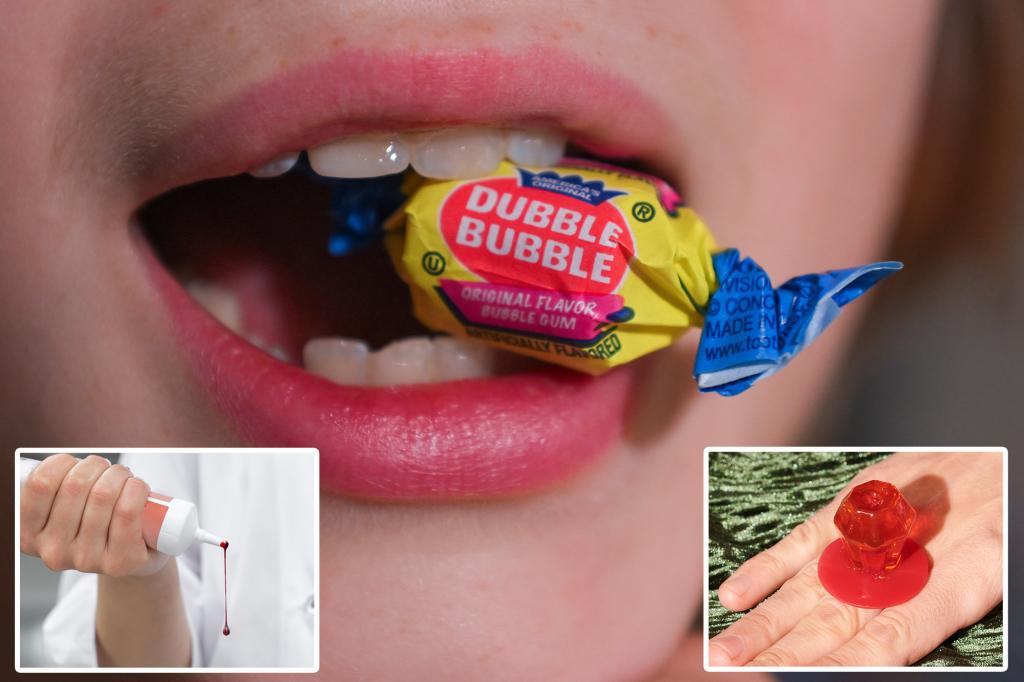Summarize this content to 2000 words in 6 paragraphs
The FDA today has issued an order today that will ban Red No. 3 from food products and ingested drugs.
The dye, which was approved for use in 1907, has been banned in cosmetics and topical drugs since 1990 over evidence that it can cause cancer. Its use in food is already banned or restricted in Australia, Japan, and countries in the EU.
Red No. 3. is commonly found in candy, gum and cookies, including Brach’s candy corn, Betty Crocker sprinkles and strawberry Ensure.
Food manufacturers will have until Jan. 15, 2027, to remove it from all products, while makers of ingested drugs will have until Jan. 18, 2028.
The new ban is based on the Delaney Clause of the Federal Food, Drug, and Cosmetic Act, which was enacted in 1960.
The Delaney Clause prohibits the FDA from authorizing any food or color additive that has been found to cause cancer.
“The FDA cannot authorize a food additive or color additive if it has been found to cause cancer in human or animals,” said Jim Jones, the FDA’s deputy director for human foods, according to NBC. “Evidence shows cancer in laboratory male rats exposed to high levels of FD&C Red No. 3.”
The move came in response to a petition from the Center for Science in the Public Interest and 23 other organizations, which included data showing male lab rats exposed to high levels of Red No. 3 got cancer.
However, the FDA noted that studies in humans and other animals did not show the same effect, saying that “available data does not raise safety concerns for humans.”
They also said that Red No. 3 is used in Canada and Europe but under the name erythrosine.
While Red No. 3 has been banned in cosmetics and topical drugs for nearly 35 years, it has remained in food and ingested drugs — but not for lack of concern.
There have been public calls to restrict food dyes in food for years.
“The widespread use of red dye No. 3 is particularly concerning since it is found in many products marketed to children who are especially at risk of developing health problems from exposure,” Brian Ronholm, director of food policy for Consumer Reports, said in a statement.
“These food dyes only serve one function in food, to make them look pretty so you and I want to buy it, it’s a marketing tool,” Thomas Galligan, who works at the Center for Science in the Public Interest, added to NBC.
In fact, the FDA previously announced that intended to ban it in food in 1992 but ultimately did not take action because of the resources that would be needed to remove its authorization.
The federal ban comes over a year after The California Food Safety Act, in which Red No. 3 and three other food additives were banned in the state. That law, too, will not be implemented until 2027.
Other states including New York, New Jersey, Pennsylvania, Maryland, West Virginia, Illinois and South Dakota have also introduced legislation.
With the FDA following suit, the National Confectioners Association — which previously called California’s law a “slippery slope” and criticized the state for “making decisions based on soundbites rather than science” — said they back the FDA in regulating food.
“Food safety is the number one priority for US confectionery companies, and we will continue to follow and comply with FDA’s guidance and safety standards,” they said in a statement.
“Our consumers and everyone in the food industry want and expect a strong FDA, and a consistent, science-based national regulatory framework. We have been saying for years that FDA is the rightful national regulatory decision maker and leader in food safety.”
What is Red No. 3 and what foods is it in?
Also called Red 3 or FD&C Red 3, Red No. 3 is a synthetic food coloring derived from petroleum that can be found in many popular foods, including:
MorningStar Farms Veggie Bacon Strips
Vigo Saffron Yellow Rice
PEZ Candy
Dubble Bubble Original Twist Bubble Gum
Entenmann’s Little Bites Party Cake Mini Muffins
Betty Crocker Loaded Mashed Potatoes
Fruit by the Foot Starburst
Fruit cocktail cherries
Some food brands have already taken steps to remove it.
In 2023, in response to California’s law, Peeps manufacturer Just Born announced plans to remove Red No. 3. Last year, it was only in the pink and lavender varieties.
Dole Packaged Foods also removed Red No. 3 from its Fruit Bowls Cherry Mixed Fruit products in March of 2023, replacing it with carmine.


